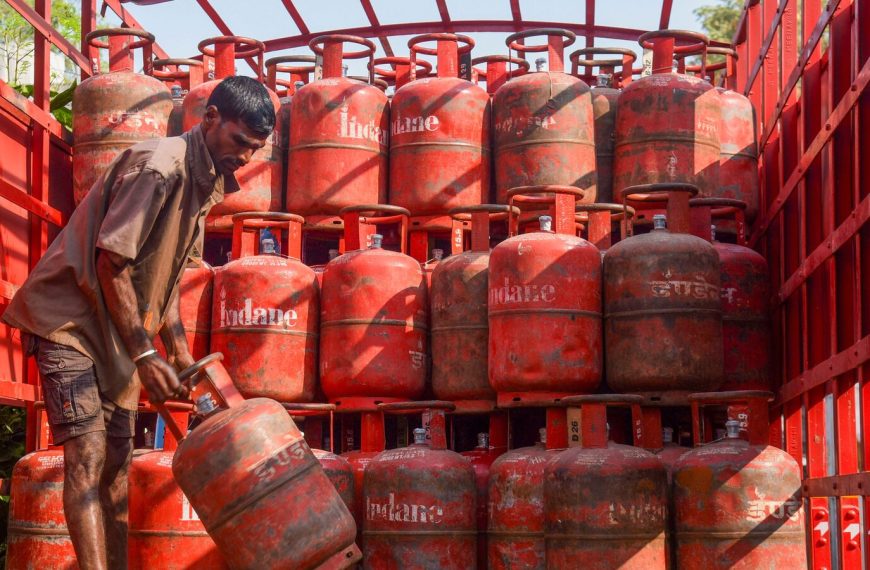In a recent discussion, Pravakar Sahoo, the Programme Director at Niti Aayog, expressed a positive outlook regarding the United States’ plan to implement reciprocal tariffs. He emphasized that this move is unlikely to negatively impact India significantly and may even present new opportunities for growth in various sectors. Unlike major competitors like Mexico, China, and Canada, which together represent 50% of U.S. imports, India may find itself in a more advantageous position.
India’s Competitive Edge in Trade
Sahoo highlighted that the analysis of the impending tariffs is still in its preliminary stages. He stated, “We are evaluating the data on a granular level. At this point, I can assure you that we are not facing major losses. While there may be specific sectors affected, there are numerous opportunities for India to capitalize on.” This sentiment was shared during the unveiling of the second edition of Niti Aayog’s quarterly trade watch.
- Key Competitors: Canada, Mexico, and China collectively account for $3.1 trillion of U.S. imports and are expected to face tariffs between 20-25%.
- India’s Advantage: Sahoo noted that India’s position in the market is favorable compared to these competitors, especially after the implementation of tariffs.
Tariff Impact and Future Strategies
On March 12, the U.S. enforced 25% import duties on steel and aluminum, with additional tariffs on completely built vehicles (CBUs) and auto parts set to commence on April 3. President Donald Trump has been vocal about imposing reciprocal tariffs on key trading partners, including India, citing the high tariffs India has placed on U.S. goods.
A delegation from the U.S., led by Brendan Lynch, Assistant U.S. Trade Representative for South and Central Asia, is currently in India for discussions on a proposed bilateral trade agreement. These negotiations are expected to wrap up by Saturday, with both nations aiming to finalize the first phase of the agreement by September-October 2025. The ambitious goal is to increase bilateral trade from over $190 billion to $500 billion by 2030.
Learnings from Past Tariffs
Reflecting on the historical context, Sahoo pointed out that following the 2018 tariff impositions, China’s share in U.S. imports has diminished. Notably, countries such as Taiwan, Vietnam, Thailand, Mexico, and India have emerged as beneficiaries from these changes in trade dynamics.
Arvind Virmani, a member of Niti Aayog, suggested that India should explore trade agreements with countries that have a strong manufacturing presence and are attractive sources of foreign direct investment (FDI). He identified key players in this sphere as the U.S., EU, Japan, UK, and South Korea.
In conclusion, while the U.S. tariffs may pose challenges, they also open up a landscape rich with possibilities for India. By strategically navigating these changes, India can enhance its global trade standing and foster economic growth.











